TOP 7 most famous Maya monuments
If you like to discover mysterious places with an incomprehensible purpose or strange sights with an inexplicable history in your travels, then this article is for you. The data is collected from the results of climbing and research by experienced travelers who have visited almost all interesting corners of the world.
Long before the trip, many tourists book a car in Mexico online to get a favorable rental rate, see more attractions and not depend on tour groups. In Cancun, the cost of renting a compact class car starts from 15 euros per day; if you rent for a longer period, you can get a discount. In Mexico City, you can rent a car from 12 euros per day.
Breathtaking Mayan monuments can be found in many places in Central America, although some may be overcrowded by tourists, it would be a pity to miss these gems of history. Which of them should not be bypassed when traveling to this region?
1. Teotihuacan
The ruins of the former "City of Gods" and the religious center of Teotihuacan are located near Mexico City. It was built by representatives of the former cultures of Central America and inhabited by the indigenous people approximately between the 1st and 8th centuries AD. The reason for its death is still unknown: according to one version, the city was destroyed as a result of a large raid by neighboring nomadic tribes, according to another, the city was destroyed as a result of a major uprising. It was rediscovered by the Aztecs only 7 centuries later. However, even today this place retains its mysterious and magical character. The magnificent buildings cover an area of 3 x 5 km. Today Teotihuacan is a state-protected site.
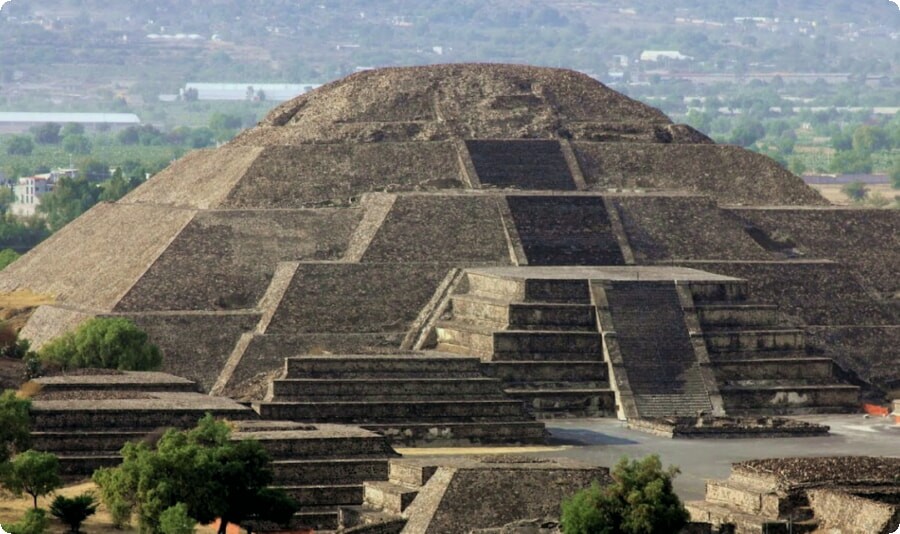
2. Monte Alban
It is located on the territory of modern Mexico and at one time was the largest city of the Zapotecs. Its foundation was laid around 800 BC. Olmecs, and 500 years later the Zapotecs arrived here. They inhabited the city until the 9th century AD. Why they left the city is not exactly known, but before leaving, they thoroughly cleaned it and buried their temples, pyramids and tombs. Today Monte Albán is a heritage site.
3. Atitlan
The lake is located in the Guatemalan highlands in Sierra Madre mountain range. It is surrounded by many villages where the Mayan culture still prevails, and the inhabitants wear traditional clothes. The largest city on the lake is Santiago Atitlan, where the so-called cult of Maximon, a saint who combines the traditional Mayan deity, Catholic angels and legends of the conquistadors, is practiced. There are ancient monuments on the lake itself.
At a depth of 17 meters below the current surface are the remains of several groups of buildings, including the core of larger structures. According to recent research, this is a ceremonial place that used to be located on an islet and was worshiped by Quiché tribe. Beneath the surface are the remains of a second city, Chiutinamit, which was settled between the 6th century BC and the 2nd century AD, and the ruins were previously discovered by local fishermen.
4. Copan
The ancient Mayan city of Copan is located in Honduras. At one time it was the third largest settlement of the Classic period of the Mayan civilization. Around the year 800, from 12 to 18 thousand inhabitants could live here. At that time, Copan was the center of science, especially astronomy and mathematics. Local scientists most accurately of all the Maya calculated the length of the solar year and discovered a new method for calculating the lunar months. Copan is currently a government protected site.
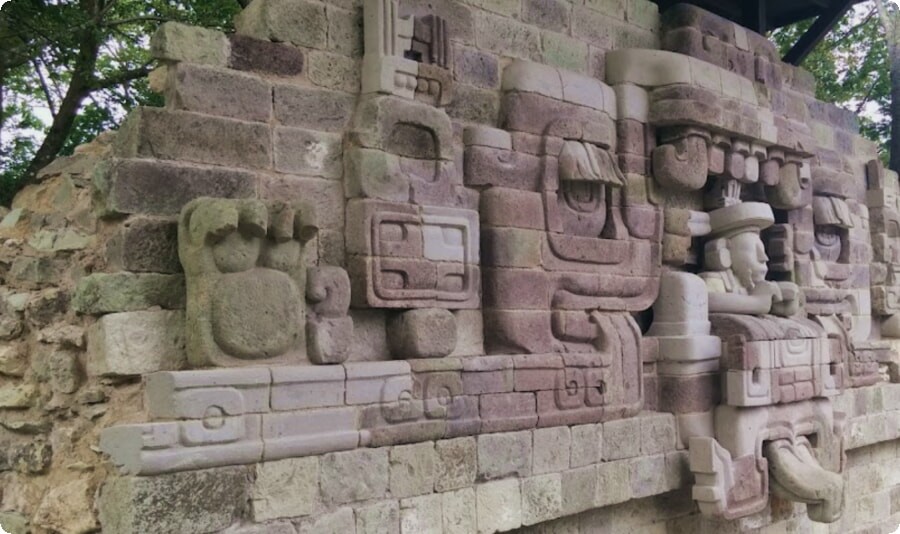
5. Quirigua
This is an ancient Mayan city located in Guatemala. Quirigua was an important junction on the trade route. Some of the largest sandstone stelae in the world have been found here. On each of them, hieroglyphs are applied on the back and side, accurately dating and describing political and military events. The city was built before about 850 AD and became rich mainly from the extraction of obsidian and jade, which were sold all the way to the Caribbean coast. Quiriga is also a valuable object.
6. Tikal
It is located in Guatemala and is recognized by its size as the largest ancient Mayan settlement. Founded around the 6th century BC, it was the capital of the largest and most enduring Maya kingdom. Throughout its existence, however, it possessed great wealth due to its location in a fertile area and trade with distant cities, and its population in its heyday reached 50,000 people. However, in the 10th century, the city disappeared for an unknown reason. Today, about 3,000 remains of palaces, pyramids and even baths have been preserved here. The entire territory is declared one of the 21 national parks of Guatemala and is included in the list of cultural heritage
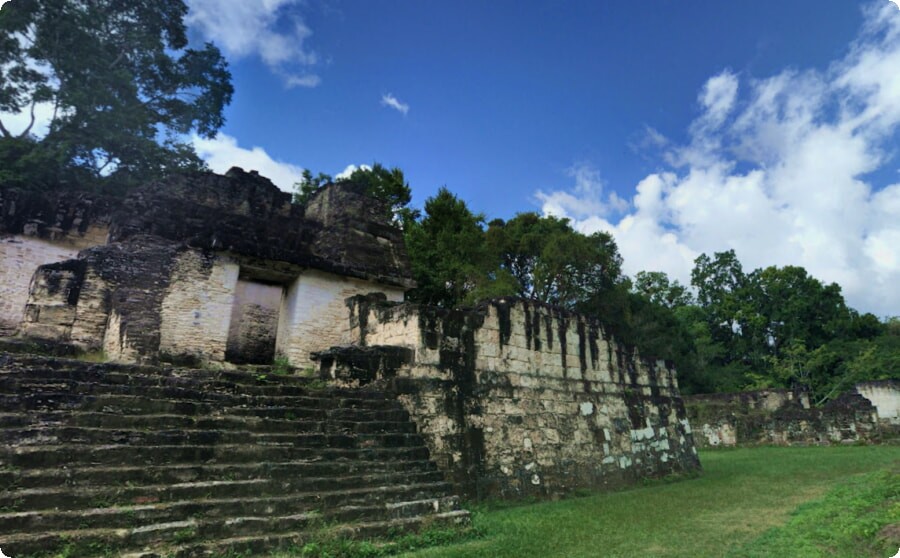
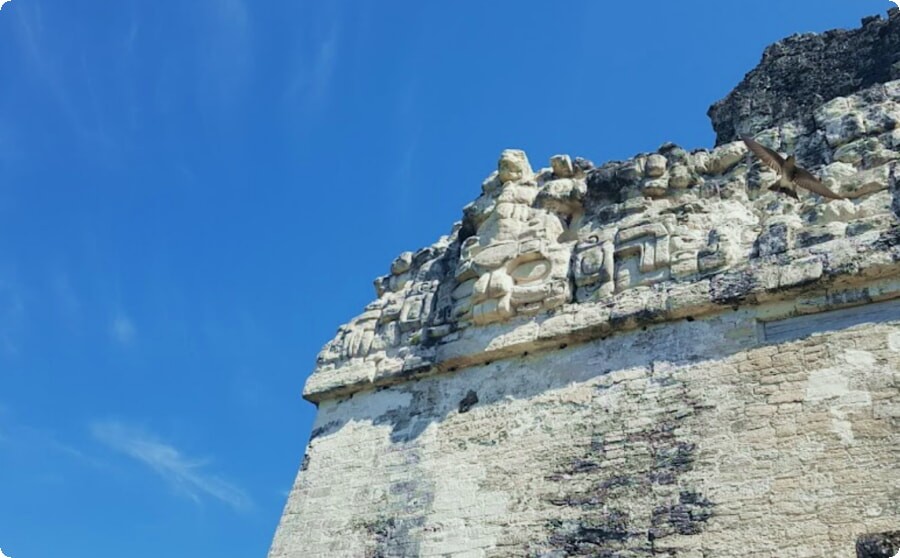
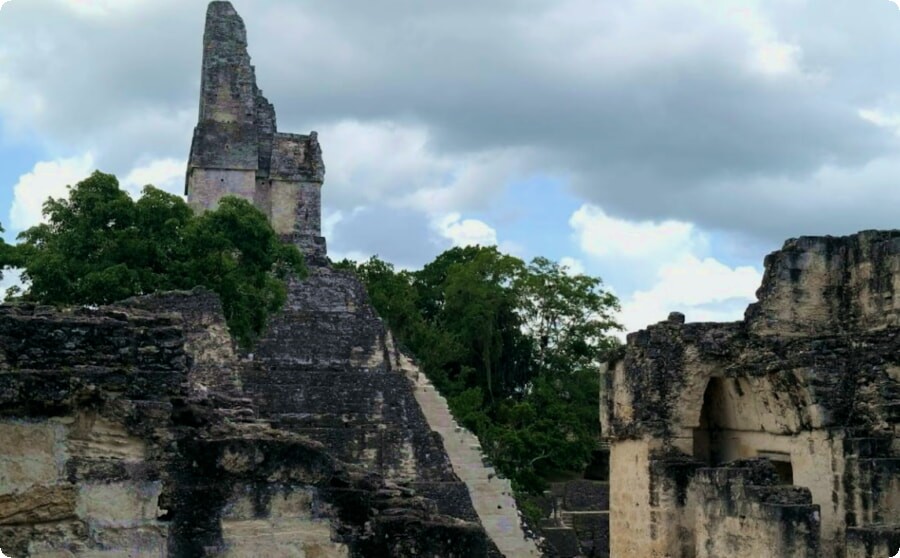
7. Palenque
Palenque, located in the south of Mexico, contains the remains of many palaces, an aqueduct and a museum that tells the history of the settlement. It is one of the most important archaeological sites. Beneath the Temple of the Inscriptions is the tomb of the Mayan ruler Pacal, which had been waiting for discovery for more than 1,000 years, until in 1952 the Mexican archaeologist Alberto Ruz Lhuillier opened it for new. Palenque is an object to be preserved by the state.